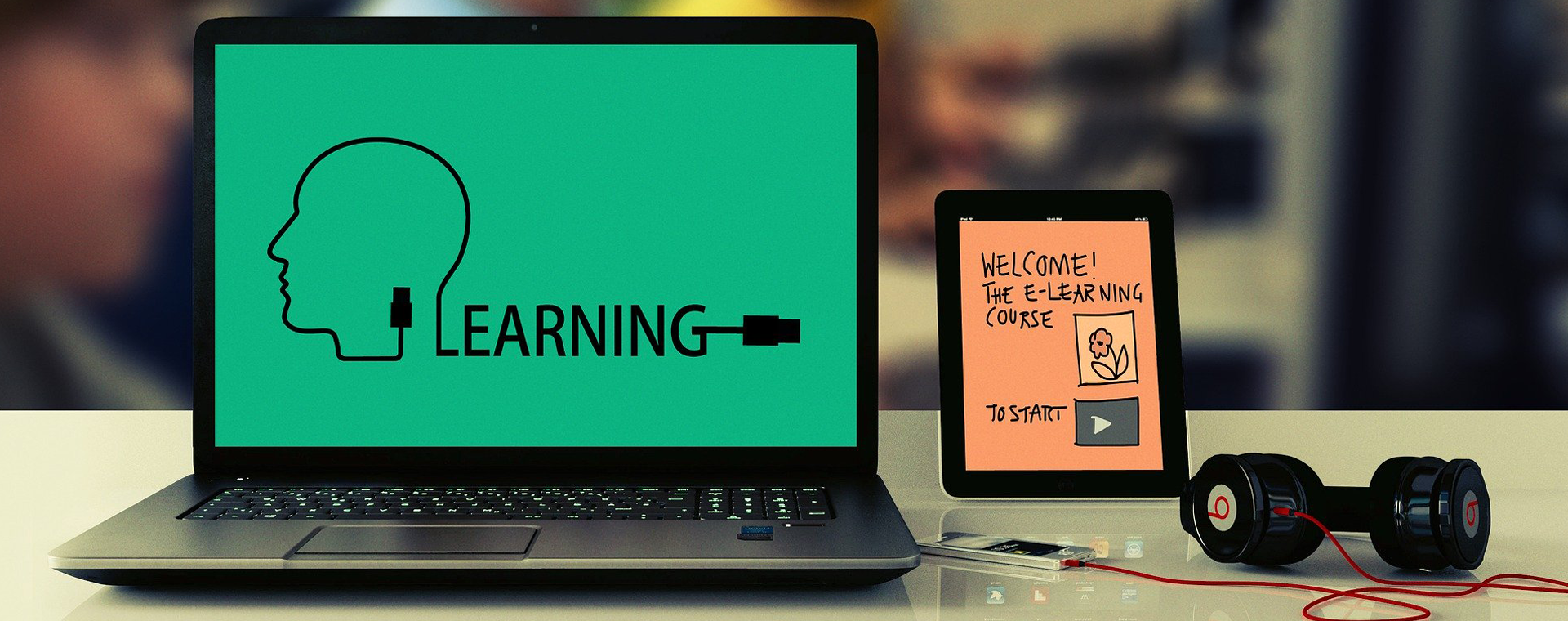In the post-pandemic world, how can your ed-tech startup boost its growth?

In the post-pandemic world, how can your ed-tech startup boost its growth?
The global pandemic, one of the most unusual events in contemporary history, severely impacted businesses in many areas, but the education sector was particularly hard hit. Nevertheless, in spite of the disruptions, the ed-tech sector is one of the few that has experienced explosive development as students of all ages have acclimated to online learning.
It is crucial for the ed-tech businesses who have gloriously weathered the pandemic to maintain their growth momentum in the post-outbreak environment, though the pandemic has now subsided. To maintain this, they are making modifications to their commercial and operational models in addition to adjusting to the hybrid teaching approaches. However, being an organization that is forward-looking in all respects is crucial if you want to succeed in the new global order. In light of that, the following advice will help you maintain your ed-tech startup in the post-pandemic period.
Flexibility is crucial
Being adaptable is essential in a turbulent environment. Keep innovation at the core of your plan and be open to novel concepts and technological advancements. In this difficult period, improving flexibility is essential for maintaining competition. Don’t abandon your enthusiasm because one of your ideas didn’t pan out. Keep your body slim and focus on your goal. Increasing soft assets, such as those that produce value from customer insights, can be far more successful than improving infrastructure. Empathetic management will attract staff.
Empathetic leadership, put simply, is the capacity to recognize and respond positively to the needs and ambitions of others. A company is better prepared for the future, whatever the circumstances, when it has caring leaders who are able to look past its challenges. The only thing that attracts employees to a firm anymore is pay. Instead, they seek leaders that are compassionate and have an atmosphere that is adaptable and promotes work-life balance. Business success depends on inspiring leadership, particularly when it comes to re-establishing society after the epidemic and inspiring the workforce to start working again.
A digital-first approach is necessary right now.

Success in the 21st century, when technology has taken centre stage, requires a digital-first mindset. Understanding how technology can be utilized to reduce risk and increase operational efficiency through automation is what it means to be “digital-first.” A strong business model will also be developed by a social media plan with definite objectives that are in line with the entire business strategy. Having an online presence has benefits such as reaching the target audience, reducing costs, and improving the overall experience. With a strong infrastructure and better security, it is essential to survive and grow in today’s world.
Budgeting is fundamental
Setting a budget is essential Laser Beaming your aims with a budget aids in maintaining focus on the ultimate result and reduces wasteful expenditure. The objective is to provide personalized content in a bite-sized format. To prevent the firm from going off course, the spending should be in line with these goals. The greatest method for growing a business is to tailor the budget to your priorities. This is much more important for damage management after an epidemic. The core business can remain operational by properly dissolving obsolete components of the business process.
A value model should be developed

In the present day, going beyond the textbook is essential, along with embracing creative learning materials. Technology may be used to design an interesting and fun learning environment. Take gamification as an example of a technology that may help your business stand out and better prepare trainees via experience learning.
Stay goal-oriented
A method to assist you in determining what is working and what is unnecessary in your company is the SWOT (Strengths, Weaknesses, Opportunities, and Threats) study. Once the COVID-19 pandemic has a significant impact on business operations, doing a SWOT analysis will help you get back on track. To achieve better outcomes now, concentrate on your short-term objectives and extend your planned route.
If you have detailed ideas for how the firm will operate, you can also raise more money. Make sure that students are receiving everything they deserve and more since they are the centre of ed-tech. While skilled sales representatives are vital, excellent onboarding instructors are essential. Real-time data analytics for individualized coaching may be provided by creating a full training module utilizing AI/ML.
Six suggestions to keep your ed-tech startup alive after the epidemic

For kids, parents, and educators, Covid-19 presented a major learning curve about education during a pandemic.
The epidemic caused a significant chunk of the $180 billion domestic education market to go online. Businesses have profited greatly from the online education market’s rise over the preceding two years while riding the wave of pandemic-related events.
Rising from $2.2 billion in 2020, Indian ed-tech start-ups raised $4.7 billion in 2021. This places the ed-tech industry in India’s startup funding rankings behind only e-commerce ($10.7 billion) and fintech ($8 billion).
From a non-pandemic perspective, any start-up, even one in ed-tech, must conceptualize its business based on a single distinct strategy and a long-term goal before they even begin its journey. Additionally, the viability of a company itself is in doubt; forget about the expansion if the objective was to capitalize on only one short-term issue, the “pandemic.”
On top of that, scientists think the pandemic-accelerated increase is sustainable. Nowadays, a lot of parents want their kids to continue learning online, even after the outbreak.
Additionally, elements of the “new normal” are already being taught in “classrooms of today.”
Even instructors who were first hesitant to adopt digital tools have employed these resources in a variety of ways, especially as teachers have become more digitally empowered as a result of the epidemic.
They have been able to recognize the advantages of online education. As a result of greater knowledge, educators and teachers are employing tech-enabled learning tools more frequently to fulfil the requirements of their pupils. In a classroom or as a part of an after-school program, this could take place.
The ed-tech sector may develop consistently in the future with this change in thinking. However, value-driven model strategies must be followed and used to benefit students if start-ups are to survive and expand beyond the epidemic.
Here are some pointers to help IT startups survive in the post-pandemic world:

- Value model
For every business to succeed, a customer-centric, value-driven approach must be at the forefront, and the education sector is no different. Unfortunately, the majority of businesses fail to comprehend customers’ problems and fail quickly. Delivering foundational information to pupils is the only goal of education. The same golden rule serves as a guide for adhering to the fundamental goal of education: to perfectly “convey” information.
- Personalization is required for students
The days of having one classroom with more than 50 kids as a suitable learning environment are long gone. The goal of innovation should be to make customization as successful as possible since students desire to learn solutions that are catered to their learning styles and paces. Data and analytics will be crucial in making this a reality. Virtual mentoring for one-on-one support and tutoring will also catch on as a service.
- Creating educational opportunities outside of the classroom
Modern technology must be used by ed-tech businesses to replace outdated systems and practices. The school experience won’t be unbundled or packaged anymore. A future of lifelong learning and cohort-based learning platforms will need edtech businesses to be more innovative with their content delivery. They should consider how that screen appears, what it records, and what it provides, in addition to simply displaying engaging content on it. Is it only a repackaged lecture, or is it based on real learning concepts?
- Design content bite sizes
Children need bite-sized information from ed-tech firms, so they are not bored and lose interest. Gen-Z is kept interested and enthused by short, straightforward, and well-produced material.
- Improving early education
Ed-tech start-ups should concentrate more on innovation in products, techniques, and concepts to support young children in starting learning right away as the benefits of formative learning and early conceptual comprehension becomes more generally recognized. Children may be taught utilizing imaginative approaches to boost their participation in the learning process, from legendary ideas to their favourite characters portraying instructors.
- Focus
A frank assessment of the advantages and disadvantages of the current sales framework is necessary to accelerate long-term sales development. Additionally, businesses, especially startups, frequently spread their attention on sales across a number of projects. Instead, it produces superior ROI by concentrating intensely on one area and expanding from there.
Final Word

When the ed-tech sector is expected to achieve a $30 billion value in the next ten years, there are a number of techniques to make sure that your firm does not fold too soon. Making sure the instructional materials and platform are user-friendly is one method. Another option is to innovate rather than merely follow trends by understanding what makes a successful firm run.
Some educational technology businesses had taken the proper steps even before the epidemic started to dissipate. But like in other competitive businesses, the future belongs to those who can innovate while putting a strong emphasis on sustainability. In the post-pandemic world, ed-tech startups must take into account a variety of factors to remain profitable, including quality materials, focus, value-driven, portable, and active learning, innovative ways to engage their students, and the capacity to publish and share student creations with the larger community.
Edited by Prakriti Arora




